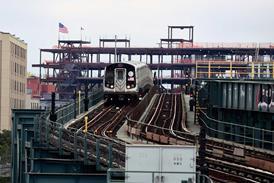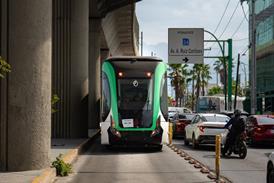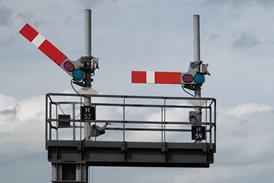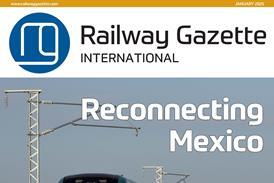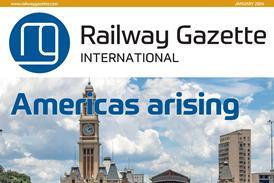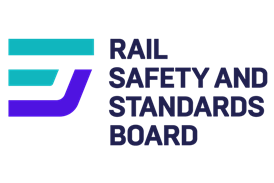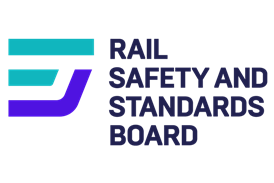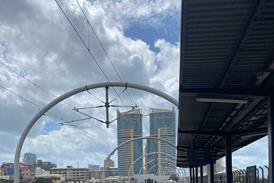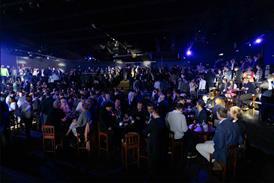
IRELAND: National railway Iarnród Éireann has purchased what it describes as ‘the world’s first fully automatic ballast regulator’ from System7 for use across its 1 600 mm gauge network.
Designated 705, the regulator will be operated by Rhomberg Sersa Rail Group, which holds the current seven-year contract to maintain Irish rail infrastructure. ‘The machine is easier to use, it is very operator-focused and very comfortable’, RSRG’s Continuous Improvement & Digitisation Manager Darryl Gwilliam told Railway Gazette International. ‘It’s a smart machine that is environmentally friendly, efficient and will deliver the highest quality of work.’
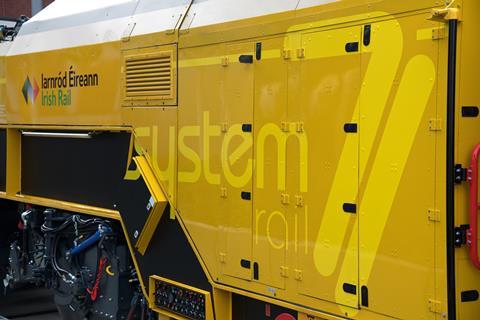
The machine is fitted with LiDAR laser scanning systems at both front and back. The front scanner measures the ‘as-is’ ballast profile and compares the data against the required design, using a number of standard profiles that can be inputted into the control system. When operating in fully automatic mode, the machine will use the measured data to redistribute the ballast to achieve the required profile. Alternatively, it can display the data to an operator, supported by an array of cameras that give them a clear view of the track around the machine and the tasks being carried out.
The cab is pressurised to prevent dust ingress, while a water suppression system is fitted to dampen the ballast. There is also a cabin air filtration system.
The brushes which sweep the excess ballast off the sleepers can be changed in just 10 min, which Gwilliam anticipates will be ‘a game changer’. He explained that ‘different brushes are needed depending on the sleeper types. To change the brushes on the current machines, they have to go back to the depot to be changed manually. On the System7 regulator it can be done automatically as a single person operation, which avoids any downtime and significantly reduces the risk of injury.’
Supporting a rail revival
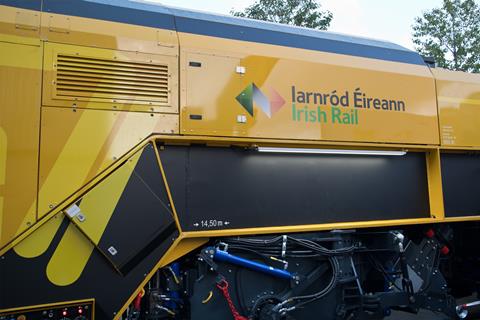
‘It’s great to see an Iarnród Éireann logo in the middle of InnoTrans’, commented Iarnród Éireann Chief Executive Jim Meade, speaking to Railway Gazette International in Berlin. ‘That’s definitely a first for us, but everyone who has been looking at the machine has been really impressed by what it can do.’
Work has been underway in recent years to improve the overall quality of Iarnród Éireann’s tracks, overcoming a backlog of maintenance. ‘We’ve undertaken work on the Dublin – Cork main line, where we have been rehabilitating the track for a number of years now and upping the line speed’, Meade explained. ‘We’re doing that across the network.’
But as well as maintaining the existing network, the ballast regulator would be used to support various expansion projects currently under development. ‘Obviously, as we grow the infrastructure and we have more work, then it will be about getting more productivity from the machine.
‘If you go back a decade or more, people would have been considering whether some of the lightly used lines should be put into ‘care and maintenance’ [taking lines out of use but protecting them for possible reinstatement], but actually that dial has completely turned. The need for public transport, particularly for freight but also for passengers is now centre stage and crystal clear; primarily driven by road congestion, sustainability issues and decarbonisation.
‘So those lines are going to have a revival and rebirth; the government has seen the need to invest in infrastructure and recognises the long-term benefits.’
‘We’re very happy to be working with System7’, Meade added. ‘They have a very good product, and won the contract based on meeting the specification. There is a lot more functionality on this piece of kit than we’ve had before.’ He confirmed that the new ballast regulator was expected to be the first of several new acquisitions, emphasising that ‘we will be back in the market for others in due course’.
Initially, the machine will be deployed in conjunction with IE’s existing on-track plant. ‘We are reworking and overhauling our existing machines but the new one has the ability to deliver a work output of two conventional machines’, said Meade. ‘It will work faster, and better. After it has finished, the track will be in better condition, better tamped. The idea here is that it will be more efficient and we can work it harder; then we will continue to renew the fleet in order.
‘We can’t maintain the railway without investing in our people and in our fleets and so we’re doing both. It’s important that we have the right skill sets, that we have the right partnerships with companies like Rhomberg Sersa who will be operating this new machine, or System7 who will be providing it. It’s about growing the infrastructure, growing the service pattern and then ensuring that we are properly equipped to maintain the infrastructure at the level it needs to be.’
Meade confirmed that the decision to buy the System7 machine had been supported by Rhomberg Sersa. ‘We had their input; we spoke to the engineers on the ground who will operate it overnight, maintaining and rehabilitating track, understanding what benefits them. The operators, the planners and the engineers have all been involved in this.’
The ballast regulator will now move to Ireland for commissioning; it must be certified by the Commission for Railway Regulation before being put into operation.

